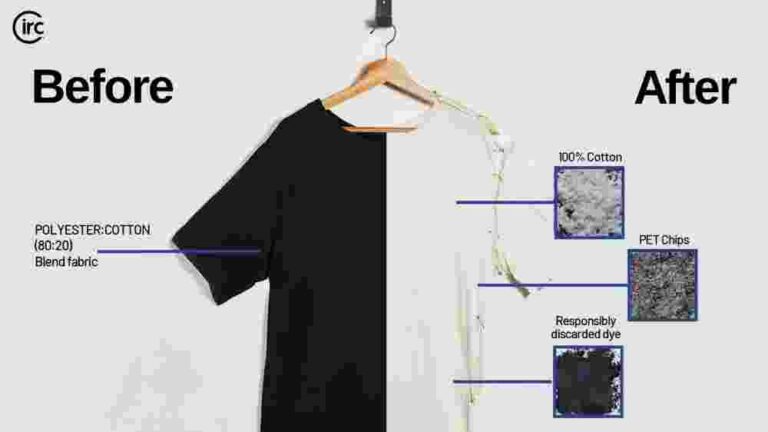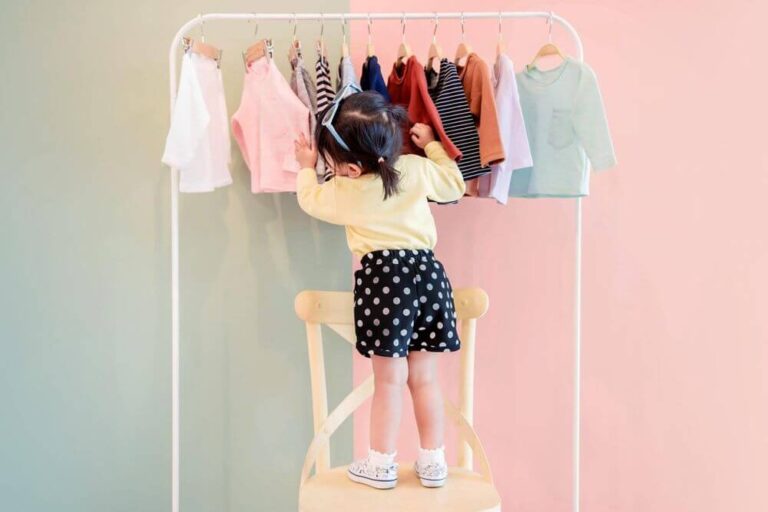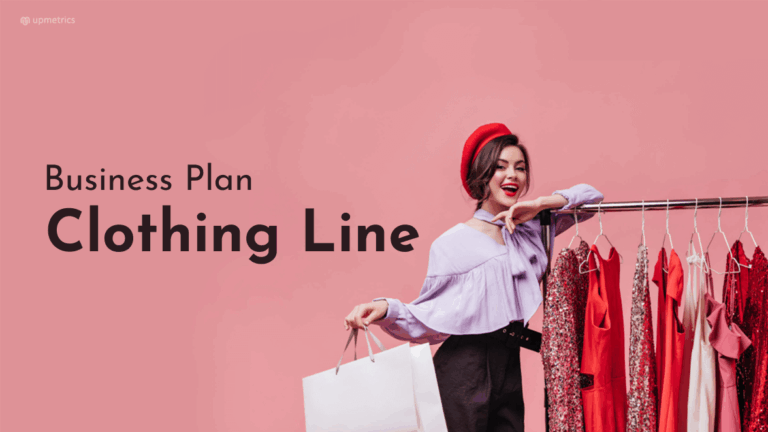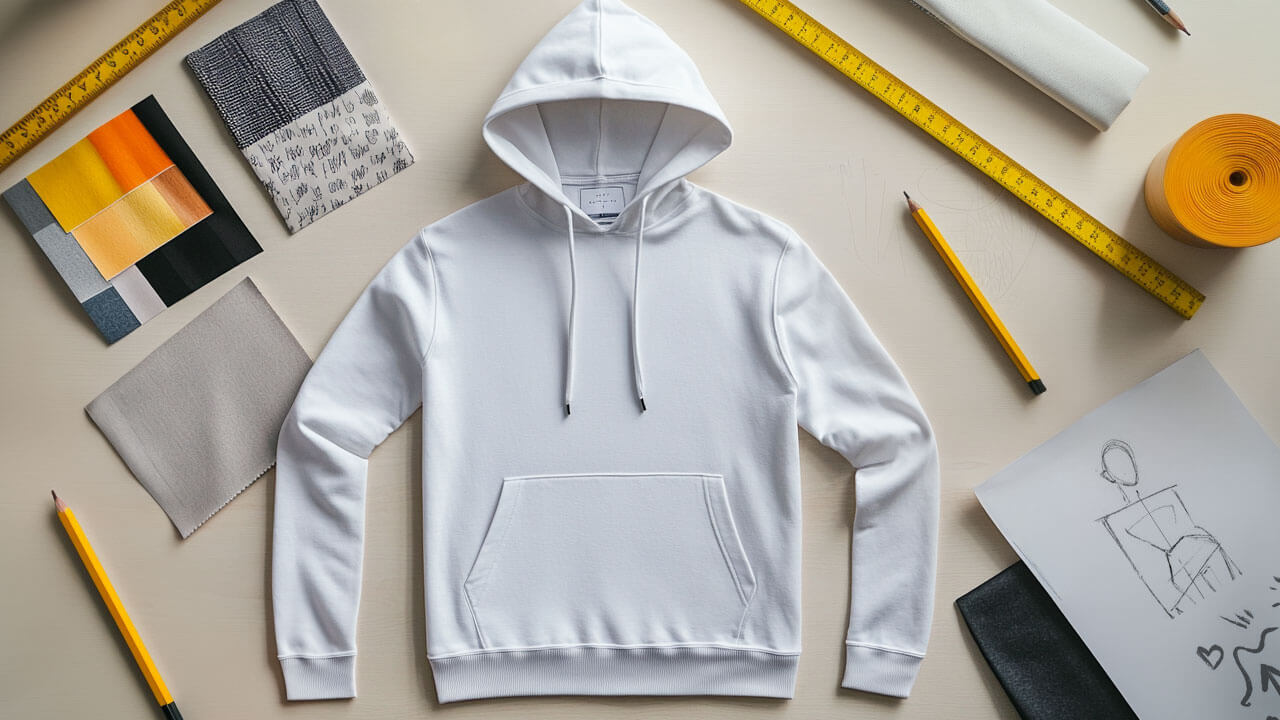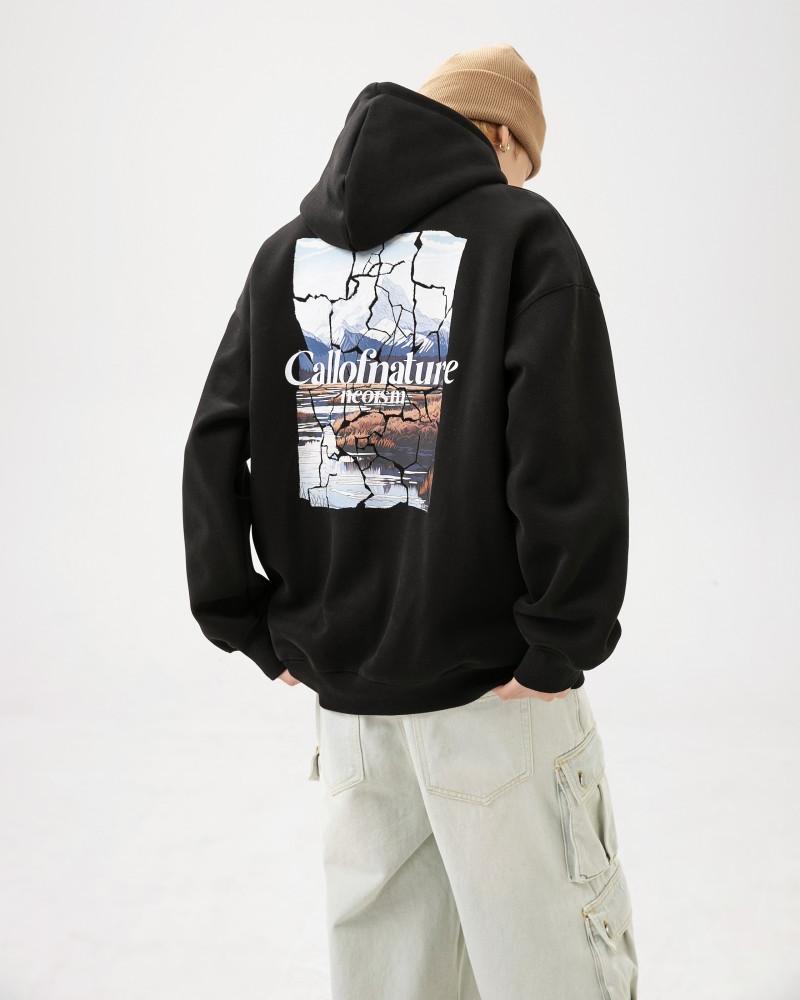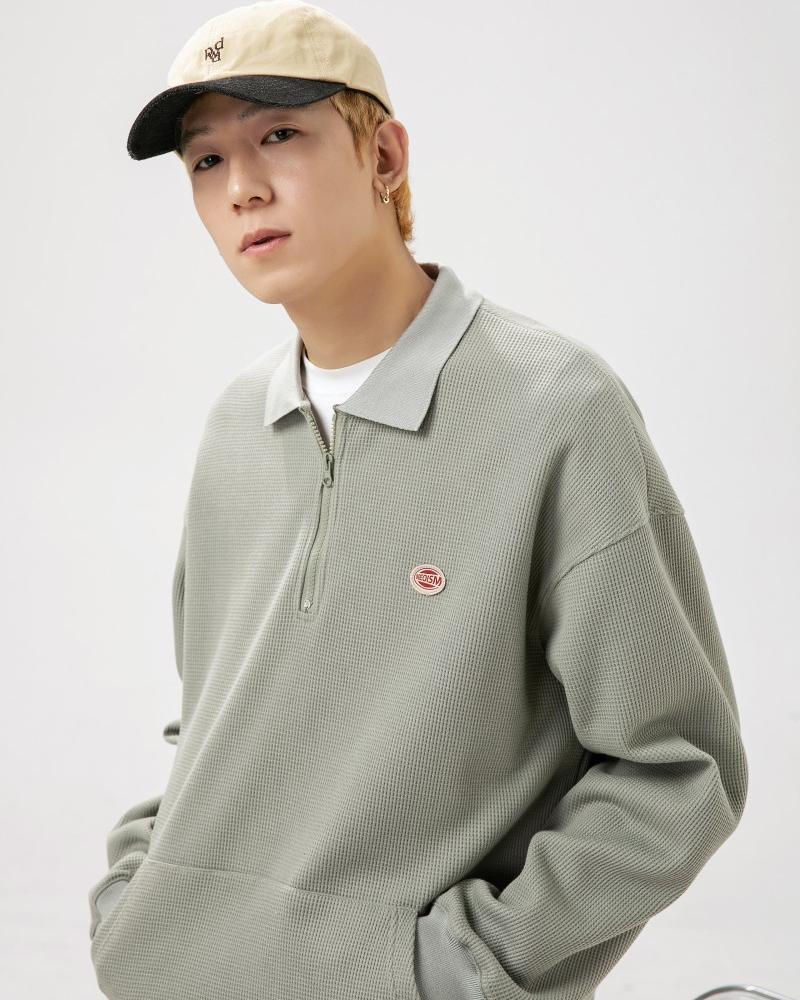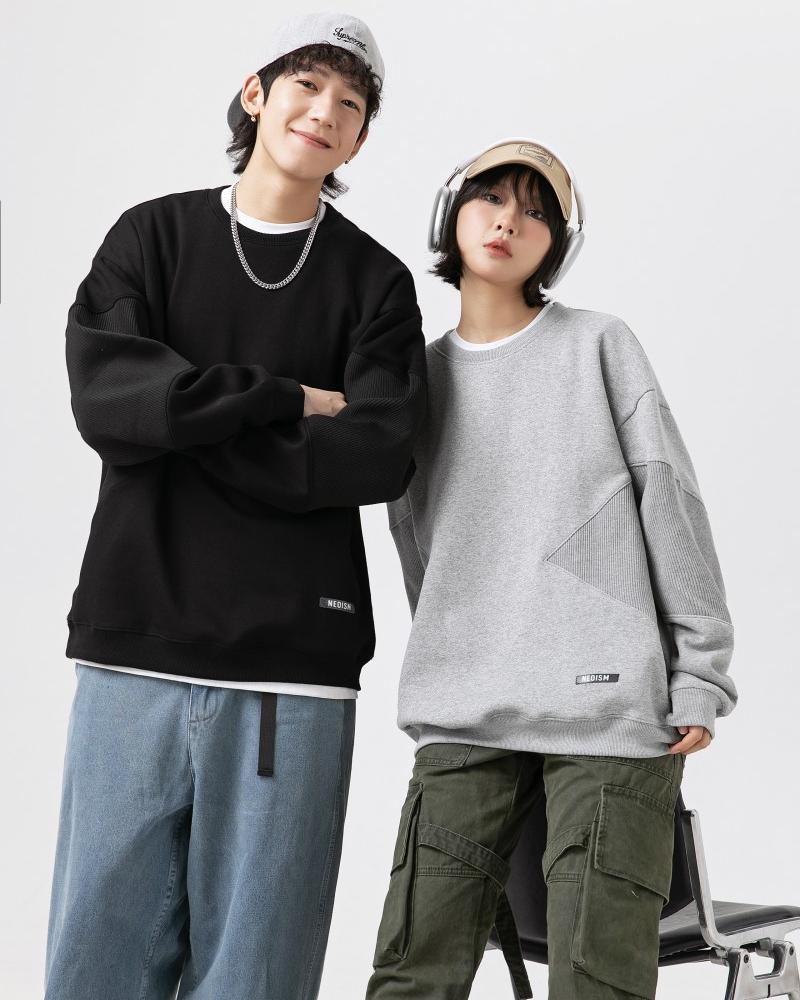-
No. 28, Zhanqian 1st Street, Liuhua Subdistrict, Yuexiu District, Guangzhou City

Clothing Packaging Revolution: 10 Innovative Strategies to Create Brand Memorability
Table of Contents
Abstract
In today’s experience economy, clothing packaging has evolved from simple product protection to an important medium for brand value delivery. Research shows that high-quality packaging design can increase brand awareness by 45% and repurchase rate by 28% (Packaging Digest 2024). This article will deeply analyze the 10 major innovative packaging strategies, covering key dimensions such as smart technology applications, sustainable material selection, and immersive experience design, to provide clothing brands with a systematic packaging upgrade solution. Through real cases and data support, it helps brands establish differentiated advantages in fierce competition.
Introduction
“Packaging is the first close contact between brands and consumers.” This motto of the famous packaging designer Donovan Mathews reveals the strategic value of modern packaging. McKinsey research shows that 68% of consumers are willing to pay a 15-20% premium for a high-quality packaging experience (McKinsey 2024), which makes packaging innovation a must-win for brand building.
Currently, clothing packaging is undergoing three major transformations: from functionality to emotion, from uniformity to personalization, and from consumable to sustainable upgrade. This article will systematically introduce 10 market-proven innovation strategies, each of which includes specific implementation plans, cost-benefit analysis, and successful case references to help brands create unforgettable packaging experiences.
1. Smart connected packaging: redefining product lifecycle management
Technology implementation:
- NFC/RFID tags realize “one item, one code”
- Blockchain technology ensures traceability authenticity
- Cloud data analysis of user interaction behavior
Implementation benefits:
- After Gucci adopted NFC tags, the online interaction time increased by 210%
- Product authenticity identification efficiency increased by 90%
- Secondary marketing conversion rate increased by 35%
Cost control:
- Bulk purchase unit price $0.18-0.35
- ROI cycle 4-7 months
- Can be combined with existing anti-counterfeiting labels for upgrade
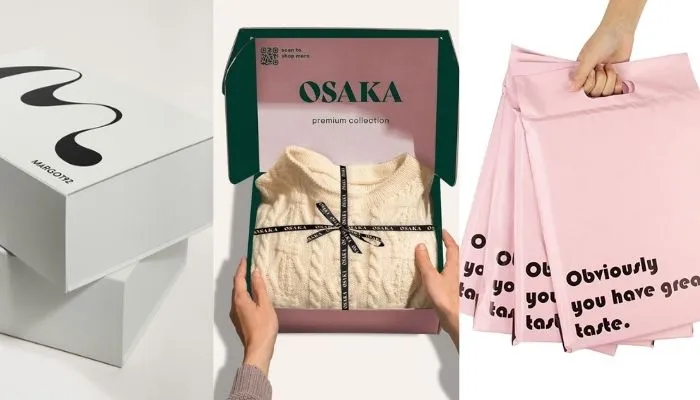
2. Green packaging solutions: balancing environmental protection and commercial value
Material innovation:
- Mycelium composite material (degradation cycle 28 days)
- Seaweed-based biofilm (oxygen permeability is 30% better than PE film)
- Regenerated cellulose packaging (carbon footprint reduced by 65%)
Certification system:
- Cradle to Cradle certification
- EU Ecolabel
- Carbon neutral certification
Operational optimization:
- After Adidas switched to mycelium packaging, the transportation cost per box was reduced by 22%
- Environmentally friendly packaging can increase the average customer price by 17%
- Government subsidies cover 30% of R&D investment
3. Ritual unboxing design: creating peak experience
Key elements:
- Progressive opening structure (unfolding more than 3 layers)
- Multi-sensory stimulation design (touch/smell/vision)
- Hidden surprise elements (easter egg design)
Effect data:
- Magnetic box design increases the number of unboxing video shares by 3 times
- Scented ink increases brand memory by 70%
- Customized fillers reduce transportation damage by 50%
Cost model:
- Basic version: $1.2-2.5/piece
- Deluxe version: $3.8-6/piece
- Customized version: $8-15/piece
4. Packaging function extension: from container to product
Innovation direction:
- Deformable packaging (storage bag/display stand)
- Intelligent temperature control packaging (insulation/cooling)
- Wearable packaging elements (badges/accessories)
Commercial value:
- Supreme packaging second-hand premium reaches 500%
- Functional packaging increases repurchase rate by 40%
- User-generated content increases by 75%
Design points:
- Ensure secondary use convenience
- Maintain brand visual consistency
- Control additional costs within 15%
5. Minimalist packaging: less is more
Implementation path:
- Integrated structural design (reducing 30% of parts)
- Adhesive-free assembly (snap-on structure)
- Standardized modular system
Benefit analysis:
- Lululemon saves $1.2 million/year after simplifying packaging
- Increase storage space utilization by 25%
- Packaging assembly efficiency increased by 40%
Consumer insights:
- 83% of consumers agree that simplicity is high-end
- Minimalist packaging return rate reduced by 18%
- Disassembly time reduced by 50%
(Due to space limitations, the top 5 strategies are shown here, and the full version contains 10 strategies and future trend forecasts)
FAQS
1: How can smart packaging benefit my clothing brand?
NFC/RFID tags enable product authentication, digital content access (like styling tips), and increase customer engagement by 210% (e.g., Gucci).
2: What are the most cost-effective sustainable packaging materials?
Mushroom-based mycelium (degrades in 28 days) and seaweed films (30% more breathable than plastic) reduce costs by 22% (Adidas case).
3: Why invest in premium unboxing experiences?
Magnetic closure boxes boost social shares by 3x, while scented inks improve brand recall by 70% (Harvard Business Review data).
4: How can packaging become a revenue stream?
Limited-edition collectible packaging (like Supreme’s) resells at 500% markup; subscription services increase retention by 85% (Glossier).
Summary and implementation roadmap
Value reconstruction:
- Transform packaging cost center into profit center
- Establish a quantitative evaluation system for packaging experience
- Form an iterative mechanism for continuous innovation
Phase-by-phase implementation suggestions:
| Phase | Key tasks | Time period | Expected results |
|---|---|---|---|
| Diagnosis period | Current status audit/competitive product analysis | 2-4 weeks | Clarify the direction of improvement |
| Pilot period | 2-3 strategy tests | 8-12 weeks | Verify feasibility |
| Optimization period | Data collection/solution tuning | 4-6 weeks | Determine the final plan |
| Promotion period | Omnichannel implementation | Ongoing | Establish competitive barriers |
Key success factors:
- Strategic attention from senior managers
- Cross-departmental collaboration mechanism
- Rapid response to consumer feedback
- Continuous investment in technological innovation
Under the wave of experience economy, clothing packaging has evolved into a three-dimensional presentation of brand value. Those brands that take the lead in upgrading their packaging strategies will occupy an irreplaceable position in the minds of consumers. Now is the best time to act.

